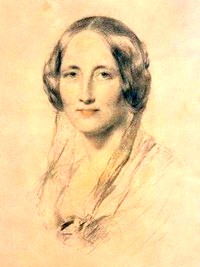North & South: Freedom, Equity, Prosperity and Turmoil (plus Romance)
For students researching and debating the freedom vs. equity value topic, Elizabeth Gaskell’s novel, North and South, is food for thought. The novel, set in 1850, contrasts the traditions and values of the aristocratic south of England with the rapidly industrializing north. In the south people know their place and society is stable. But in the manufacturing towns in the north of England, textile mills are transforming society, offering higher wages but disrupting traditions and social stations. The fast expanding textile industry bring risks too, with busts following booms.
In addition to the novel, the BBC miniseries is now streaming [update March 2023] on Apple TV 
At one time, behind the debate was an ideological argument between the critics (especially Marxists) and the defenders of free markets. The critics, or pessimists, saw nineteenth-century England as Charles Dickens’s Coketown or poet William Blake’s “dark, satanic mills,” with capitalists squeezing more surplus value out of the working class with each passing year. The defenders, or optimists, saw nineteenth-century England as the birthplace of a consumer revolution that made more and more consumer goods available to ordinary people with each passing year. The ideological underpinnings of the debate eventually faded, probably because, as T. S. Ashton pointed out in 1948, the industrial revolution meant the difference between the grinding poverty that had characterized most of human history and the affluence of the modern industrialized nations. No economist today seriously disputes the fact that the industrial revolution began the transformation that has led to extraordinarily high (compared with the rest of human history) living standards for ordinary people throughout the market industrial economies. [Source]


